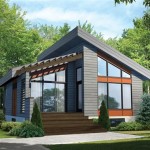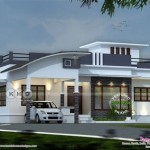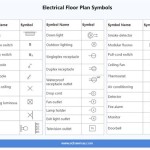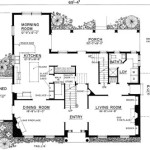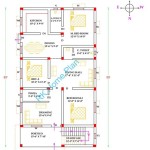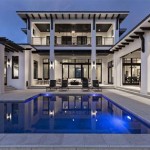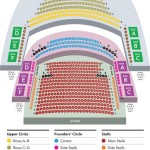Essential Aspects of Tea House Building Plans
A serene and inviting tea house is a haven for relaxation and contemplation. Designing and building such a space requires careful planning and attention to detail. If you're considering constructing a tea house, understanding the essential aspects of building plans is crucial to ensure a successful project.
1. Site Selection
The location of your tea house significantly influences its ambiance and functionality. Choose a tranquil spot with ample natural light and a peaceful atmosphere. Consider factors such as privacy, accessibility, and proximity to amenities.
2. Architectural Style
The architectural style of your tea house should complement the surrounding environment and create a harmonious aesthetic. Traditional Japanese tea houses, characterized by simplicity and natural materials, are a popular choice. However, you can explore other styles that resonate with your taste and the overall theme of the space.
3. Floor Plan
The floor plan of your tea house should cater to the intended use and the desired ambiance. Traditional tea houses typically consist of a single room with a raised floor (tatami) and a built-in alcove (tokonoma) for displaying artwork or calligraphy. Consider the number of occupants, seating arrangements, and circulation patterns when designing the floor plan.
4. Structural Elements
The structural elements of your tea house should provide stability and durability. Choose materials that are both aesthetically pleasing and withstand the elements. Common materials for tea house construction include wood, bamboo, and paper. Ensure that the roofing system adequately protects the interior from rain and sunlight.
5. Lighting and Ventilation
Natural lighting is essential for creating a tranquil atmosphere in your tea house. Large windows or skylights can flood the space with ambient light. Ventilation is equally important to maintain fresh air circulation and prevent condensation. Consider installing windows that open or incorporating passive ventilation systems.
6. Interior Design
The interior design of your tea house should evoke a sense of serenity and promote relaxation. Choose calming colors, natural materials, and comfortable furniture. Traditional tea houses often feature simple tea sets, bamboo whisks, and stone water basins. Incorporate elements that reflect your personal style and create an ambiance conducive to tea ceremonies.
7. Landscaping and Outdoor Spaces
The outdoor space surrounding your tea house plays a crucial role in enhancing its tranquility. Consider landscaping with native plants, creating a relaxing seating area, and incorporating a path or stepping stones leading to the entrance. These elements will provide a seamless transition from the natural environment to the serene interior of your tea house.

Tea House Dimensions Japanese Design

Tea House Plans Wood S Creative Builders

Tea House Home Designs Japanese
Kesurokai Japanese Tea House

The Kester House Garden Tea

The Kester House Garden Tea

Japanese Tea Houses All You Need To Know About Chasu

Arch Studio Turns Beijing Hutong Into Tea House

Absolutely Breathtaking Pin Up Tea House Small Wooden Plans Micro Cabin Garden Shed Cottage Blueprints

A Detailed Photo Record Of Building Japanese Teahouse In The

